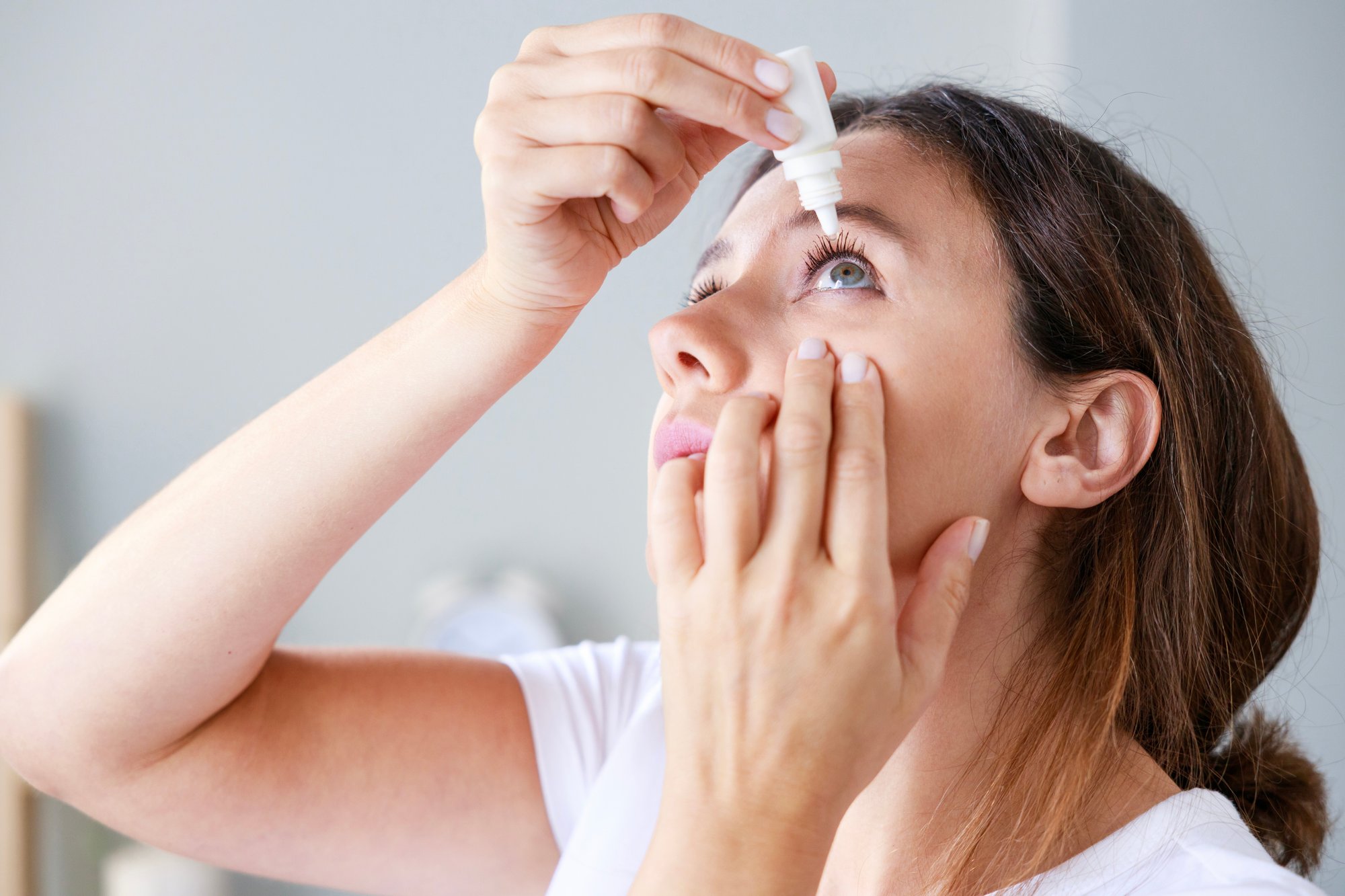Dry Eye
What is Dry Eye Disease?
Dry eye is a common condition affecting more than 23 million people in the United States and is on the rise with the increased use of computers, tablets and other electronic devices. Dry eye syndrome, if left untreated can cause more than just discomfort; it can result in ulcers, permanent damage to the cornea, blurry vision, and possible vision loss. Dry eye can also be a symptom of an underlying medical condition. For these reasons and more, we at Horizon Eye Specialists take dry eye very seriously, and you should too.
There are three layers to your tear film: lipid (oil), aqueous (water), and mucus. The composition of these layers helps protect and nourish the surface of your eyes. When these layers are not functioning properly the tears can evaporate rapidly or not reach the entire surface of the eye, causing irritation and other dry eye symptoms.

What are the different types of dry eyes?
Aqueous deficient dry eyes occur due to a lack of the watery substance in the tear film. The most common reason for this condition is failure of the lacrimal glands but other causes are inflammation of eye surfaces, conjunctiva, certain skin diseases, and it can also be a side effect of certain medications. Aqueous deficiency is also associated with autoimmune disorders like Sjögrens Syndrome It can also happen following laser eye surgeries such as LASIK. At Horizon Eye Specialists, we are well-equipped to diagnose your condition and suggest treatment options that help improve your symptoms and everyday lifestyle.
Approximately 65% of cases of dry eyes are diagnosed as cases of MGD. Fortunately, new technology allows our physicians at Horizon Eye Specialists to accurately diagnose your condition and effectively manage MGD. Contact our office at (602) 467-4966 to set up an appointment.
What are the treatment options for Dry Eyes?
At-Home Dry Eye Treatments:
-
Over -the-counter (OTC) eye drops can be an effective way to treat mild to moderate dry eye symptoms at home. There are two main types of OTC eye drops for dry eye: artificial tears and lubricant ointments. Artificial tears are a good option for mild to moderate dry eye symptoms, while lubricant ointments can be used at night to provide longer-lasting relief. Some eye drops contain preservatives that can irritate the eyes and worsen dry eye symptoms: look for preservative-free eye drops to minimize the risk of irritation. To maintain relief from dry eye symptoms, use eye drops regularly, even if you are not experiencing symptoms at the time.
-
Warm Compresses: Applying a warm compress to your eyes can help stimulate the production of natural oils that keep your tears from evaporating too quickly. You can use a warm washcloth or purchase a specialized eye mask that can be heated up in the microwave.
-
Lid Scrub/Lid Cleansing: Keeping the eyelids and areas around the eyes clean help improve the health of the eyelids and reduce dry eye symptoms by removing debris, reducing inflammation, and stimulating tear production.
-
Blinking Exercises: Staring at a computer or other digital device for long periods of time can cause dry eye symptoms. Taking frequent breaks to blink and look away from the screen can help reduce eye strain and improve tear production.
-
Humidifiers: Using a humidifier in your home or workplace can help increase the humidity in the air and prevent your eyes from becoming too dry.
-
Omega-3 Supplements: Omega-3 fatty acids, found in fish oil supplements, have been shown to improve dry eye symptoms by reducing inflammation and improving the quality of tears.
-
Hydration: Staying hydrated by drinking plenty of water can help keep your eyes moisturized from the inside out.
-
Avoid Irritants: Avoiding exposure to irritants such as cigarette smoke, wind, and air conditioning can help reduce dry eye symptoms.
In-Office Dry Eye Treatments:
-
Prescription Eye Drops: Prescription eye drops can be more effective than over-the-counter drops for treating moderate to severe dry eye. Your doctor may prescribe eye drops that reduce inflammation or increase tear production.
-
Punctal Plugs (Punctal Occlusion): Punctal plugs are small, sterile devices that are inserted into the tear ducts to prevent tears from draining too quickly. This can help keep your eyes lubricated and reduce dry eye symptoms. The placement of these plugs is a simple in-office procedure performed by one of our eye doctors.
-
Amniotic Membrane (Amniodisc): Amniotic membrane has been shown to be effective in treating and healing moderate to severe dry eye, corneal erosions, ulcers, and other corneal conditions: it can help reduce inflammation, improve tear production, and promote healing of the cornea. The placement of the amniotic membrane is performed by one of our eye doctors in-office and is considered a safe and effective option for patients with dry eye who have not responded to other treatments.